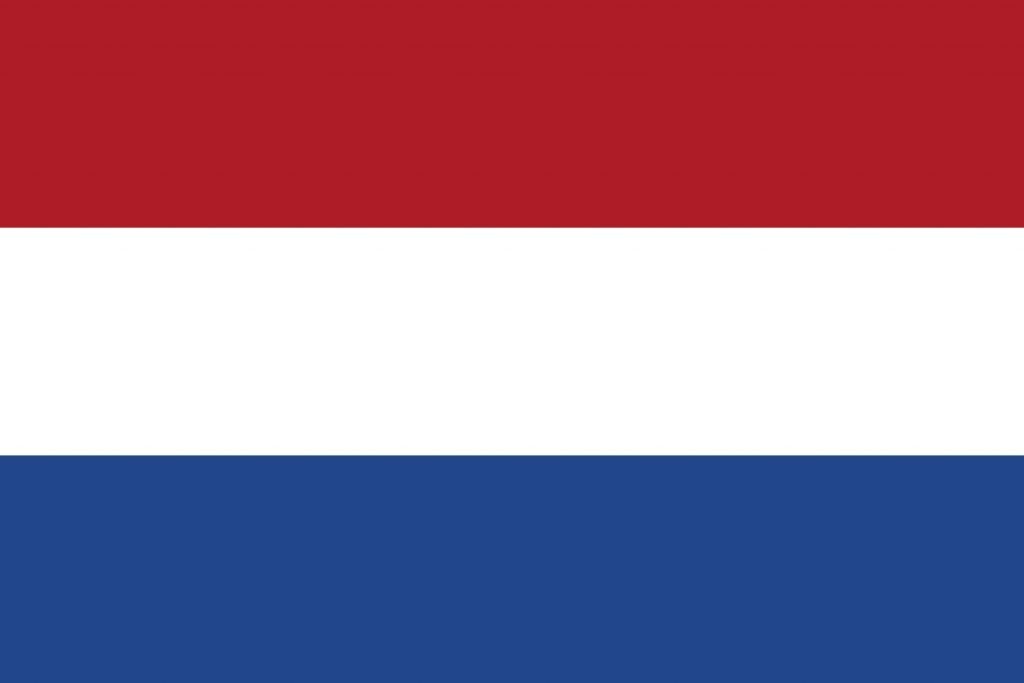Density of medical doctors (per 10,000 population), 2015-2023: 38.76
Density of nursing and midwifery personnel (per 10,000 population), 2016-2023: 116.65
Density of dentists (per 10,000 population), 2016-2023: 2.17
Density of pharmacists (per 10,000 population), 2015-2023: 2.17
Source: World health statistics 2025: monitoring health for the SDGs, Sustainable Development Goals. Tables of health statistics by country and area, WHO region and globally. Geneva: World Health Organization; 2025. Licence: CC BY-NC-SA 3.0 IGO.
Hospital workforce per 1,000 population, 2021
– Physicians: 1.37
– Nurses and midwives: 4.49
– Healthcare assistants: 1.11
– Other health service providers: 9.82
Practicing doctors per 1,000 population, 2021: 3.9
Share of different categories of doctors, 2021
– General practitioners: 23.6%
– Specialists: 53.1%
– Other doctors: 23.3%
Share of foreign-trained doctors, 2021: 3.6%
Medical graduates per 100,000 population, 2021: 15.5
Practicing nurses per 1,000 population, 2021: 11.4
Share of foreign-trained nurses, 2021: 1.5%
Nursing graduates per 100,000 population, 2021: 62.8
Ratio of nurses to doctors, 2021: 2.9
Practicing pharmacists per 100,000 population, 2021: 22
Remuneration of doctors, ratio to average wage, 2021
– General Practitioners
– Salaried: 2.2
– Self-employed: 2.5
– Specialists
– Salaried: 3.2
– Self-employed: 3.3
Remuneration of hospital nurses, ratio to average wage, 2021: 1.2
Remuneration of hospital nurses, USD PPP, 2021: $72,000
Long-term care workers per 100 people aged 65 and over, 2021: 8.2
Share of informal carers among the population aged 50 and over, 2019
– Daily carers: 7%
– Weekly carers: 9%
Share of long-term care workers who work part time or on fixed contracts, 2021
– Part-time: 77%
– Fixed-term contract: 20.1%
Average hourly wages of personal care workers, as a share of economy-wide average wage, 2018
– Residential (facility-based) care: 95
– Home-based care: 91
Source: OECD (2023), Health at a Glance 2023: OECD Indicators, OECD Publishing, Paris, doi.org/10.1787/7a7afb35-en.
“Almost 7% of the Dutch population, or well over 16% of the working population, is active in the healthcare sector; since the early 2000s the total number has grown by about one-fifth. Compared to other EU countries the relative number of nurses is around the average. Most numerous are nurses working in home care and in care for the elderly and disabled. Substitution and transfer of tasks from medical to nursing professionals is a relevant trend.
“Medical education is provided at each of the eight Dutch universities, while nurses can be educated at an intermediate, higher or academic level, depending on the professional profile. The quality of healthcare professionals is safeguarded by obligatory registration and by licensing schemes maintained by professional associations.
“Workforce forecasting and careful planning of educational capacity seeks to prevent shortages or oversupply of medical professionals. Skewed distribution of providers is not a major problem in the Netherlands, although in some areas, both in big cities and the countryside, additional efforts need to be made to match demand and supply of GP care.
“The healthcare workforce consists of a wide variety of professions, as shown in Table 4.3, which presents numbers by job categories for the period 1990 – 2014 at five-year intervals. The table shows different trends among professions. The strongest growth is among midwives and nurses in elderly homes and nursing homes, physicians, psychiatrists and occupational therapists. Growth rates among other professions are smaller.”
Source: Kroneman M, Boerma W, van den Berg M, Groenewegen P, de Jong J, van Ginneken E (2016). The Netherlands: health system review. Health Systems in Transition, 2016; 18(2):1–239.
“In the last 10 years, the ratio of doctors to population has increased from 3.4 to 3.7 per 1,000 population, close to the EU average of 3.9. The ratio of nurses grew from 8.7 to 10.7 per 1,000 population, which is well above the EU average of 8.4. In 2019, 60 % more nurses graduated than in 2009, while doctors’ graduation rates rose by a more modest 26 %. Nurses in the Netherlands participate in task-shifting and advanced nursing practices, creating a more attractive work environment. Nurse specialists were granted the authority to practise independently in 2012, and this was codified in law in 2018. They are empowered to prescribe all medicines within their competence and to perform endoscopies, among other specified services. However, the nursing workforce is overburdened in hospitals, and nursing and home care personnel also face shortages, which became more pronounced during the COVID-19 pandemic (see Section 5.3). An above-average share of doctors work as GPs – 24 % of all physicians compared with 21 % across the EU.”
OECD/European Observatory on Health Systems and Policies (2021), The Netherlands: Country Health Profile 2021, State of Health in the EU, OECD Publishing, Paris/European Observatory on Health Systems and Policies, Brussels.
“Comprehensive workforce forecasting and planning mechanisms for physicians and nurses have not prevented shortages from emerging, with estimated vacancies reaching 140,000 in 2019 (Section 4). Virtually all hospitals, the mental health care sector, and social care services have difficulties finding personnel. Among GPs, the share of hard-to-fill vacancies has increased from 9 % in 2016 to 24 % in 2018. As a result, waiting times have increased and health professionals are facing an increased workload and more stress (UWV, 2019). Acknowledging these issues, the ministry introduced an action plan called Working in Care (‘Werken in de Zorg’) in 2018, which contains a multi-pronged strategy to train and retain health professionals while making the work environment more attractive through skill mix innovations and less bureaucracy.”
Source: OECD/European Observatory on Health Systems and Policies (2019), The Netherlands: Country Health Profile 2019, State of Health in the EU, OECD Publishing, Paris/European Observatory on Health Systems and Policies, Brussels.

Netherlands Health System Overview
Health System Rankings
Outcomes
Coverage and Access
Costs for Consumers
Healthcare Expenditures
Health System Financing
Preventive Healthcare
World Health Systems Facts is a project of the Real Reporting Foundation. We provide reliable statistics and other data from authoritative sources regarding health systems and policies in the US and sixteen other nations.
Page last updated August 1, 2025 by Doug McVay, Editor.
